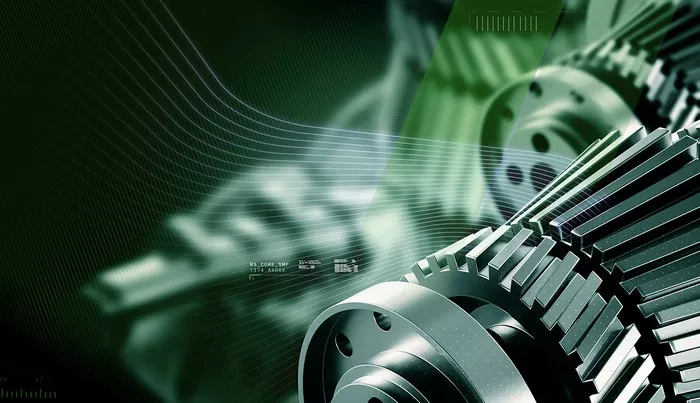Airbus is set to test a groundbreaking engine featuring visible fan blades as part of its efforts to develop a successor to its bestselling A320 family of jets. The European aerospace giant announced that test flights of a demonstrator for the “open fan” engine will take place on a modified A380 superjumbo towards the end of this decade.
These test flights will help inform Airbus’ decision on the most efficient power source for the next generation of single-aisle aircraft, slated to replace the A320 in the late 2030s. The new engine configuration is expected to boost fuel efficiency by 20 to 30 percent compared to current models, which use “ducted fan” engines with enclosed fans.
Bruno Fichefeux, Airbus’s head of future programmes, emphasized the importance of ensuring new technologies mature before committing to them in future designs. He highlighted the open fan engine as a major breakthrough and confirmed plans for flight tests.
The open fan technology is part of the aviation industry’s broader goal to achieve net-zero carbon emissions by 2050. The sector, which accounts for 2-3% of global carbon dioxide emissions, is aiming to meet this target through a mix of alternative fuels, advanced technologies, and new aircraft designs, including lighter wings.
Industry analysts have noted that any new single-aisle aircraft must be 20 to 30 percent more fuel-efficient than current models and capable of running solely on sustainable aviation fuel (SAF), which can reduce lifecycle carbon emissions by up to 80% compared to conventional aviation fuel.
Airbus is collaborating with CFM International—a joint venture between GE Aerospace and Safran—on the open fan engine. Mohamed Ali, Chief Technology and Operations Officer at GE Aerospace, confirmed that the companies are already working with regulators to address challenges such as higher noise levels and safety concerns associated with the open fan design.
The new engine is designed to be lightweight, with fan speeds of approximately 1,000 revolutions per minute—far lower than the 3,000 revolutions per minute of traditional engines. Additionally, shielding will be implemented on the aircraft to protect it from potential fan blade damage.
Christian Scherer, Head of Airbus’s plane-making division, noted the open fan design’s superior fuel consumption characteristics compared to ducted fans. The engines could be mounted either on the wing or at the rear of the aircraft.
While Airbus is exploring multiple configurations, the company is also in discussions with Rolls-Royce and Pratt & Whitney, key competitors of CFM International, to assess what they can offer.
In addition to the open fan engine, Airbus reaffirmed its plans to develop a hydrogen-powered plane, though it did not provide a new launch timeline. The company recently delayed the launch of its 100-seat hydrogen aircraft to 2035. Airbus intends to test a concept using hydrogen-powered fuel cells, with CEO Guillaume Faury explaining that the delay was to avoid creating a “Concorde of hydrogen”—a reference to the supersonic aircraft that failed commercially. Airbus has concluded that while a hydrogen plane could work, its competitiveness would not be viable in the short term.

